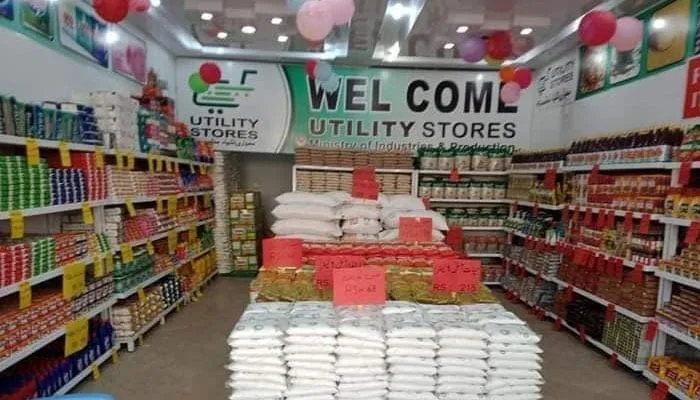Consumers relying on subsidized ghee through utility stores are facing an unwelcome development as the price of subsidized ghee has surged compared to the rates offered in the Ramadan package. According to sources within utility stores, the price of subsidized ghee has soared by Rs 58 per kilogram, significantly impacting the affordability of this essential commodity for consumers, especially those enrolled in the Benazir Income Support Program (BISP).
The revised price of ghee for BISP customers now stands at Rs 393 per kilogram, reflecting a substantial increase from the previous rates. This price hike, effective immediately, comes as a blow to consumers who were already grappling with economic challenges exacerbated by inflationary pressures.
Under the Ramadan package, utility stores had initially offered subsidized ghee at a comparatively lower rate of Rs 335 per kilogram. However, with the recent price hike, consumers are now confronted with the harsh reality of increased expenditure on this essential cooking ingredient. Despite the increase, a subsidy of Rs 70 per kilogram of ghee is still being extended to consumers, albeit at a reduced scale compared to the previous rates.
Sources suggest that the decision to raise the price of ghee was necessitated by the escalating costs associated with procurement. As utility stores grapple with the challenge of sourcing ghee at higher prices, consumers are bearing the brunt of these cost escalations through increased retail prices.
The timing of the price hike, amidst the holy month of Ramadan, further compounds the challenges faced by consumers, many of whom are already stretched thin financially due to increased spending on essential items and preparations for Ramadan festivities. The sudden surge in ghee prices threatens to exacerbate financial strain on households already grappling with economic uncertainties.
The impact of the price hike extends beyond individual consumers to encompass broader socioeconomic implications. Low-income households, in particular, are disproportionately affected by rising food prices, as they allocate a larger proportion of their income towards meeting basic needs. The increased cost of ghee may force these households to make difficult choices and compromise on other essential expenses, further exacerbating poverty and food insecurity.
Furthermore, the price hike underscores the broader challenges confronting the Pakistani economy, including inflationary pressures and supply chain disruptions. Addressing these underlying issues requires concerted efforts by policymakers to implement effective strategies aimed at stabilizing prices, enhancing productivity, and promoting inclusive growth.
In light of these developments, there is a pressing need for proactive measures to mitigate the impact of rising food prices on vulnerable segments of society. This may include targeted subsidies, social safety nets, and initiatives to enhance food security and affordability for low-income households.
As consumers navigate the implications of the price hike, there is a call for greater transparency and accountability in pricing mechanisms to ensure that subsidized commodities remain accessible to those who need them most. Ultimately, addressing the root causes of food price volatility and promoting sustainable economic policies are essential for fostering resilience and prosperity for all segments of society.



